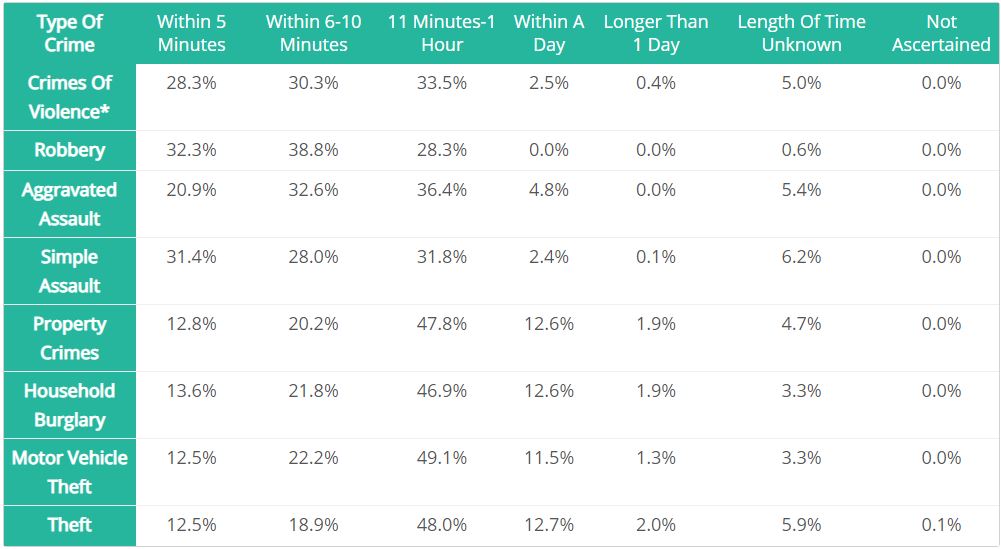Security trends website Safe Smart Living has released a report that reveals which major U.S. metro cities have the best and worst average police response time.
The rankings are based on publicly disclosed reports but the data years differ widely, based on when it was compiled in each city, according to the website. For this reason, some major U.S. cities are not included in the list.
A number of factors can determine police response time. Most police departments have a response list that ranks different types of emergencies from high to low, with top priority going to callers who are in need of assistance due to a life-threatening emergency.
Other factors can include the number of incoming calls at the time of your call, the number of officers available to respond and the number of officers needed to respond to a specific situation.
to see the 10 major U.S. cities ranked from best to worst. Included is analysis from Safe Smart Living.
Furthermore, below is a breakdown of the national average police response time based on the type of crime.

Safe Smart Living also found that the average police response time for active shooter events average three minutes around the country.
Safe Smart Living included the following note with its rankings:
There’s no fair way to truly compare average police response times by city or metro area. Why? There are simply too many city-specific factors that affect response times. Some police departments, for example, cover much larger geographical areas; while others experience more traffic.
How to Decrease Police Response Time
Video verification is a beneficial solution for decreasing police response time. Video verification can result in a lower false alarm rate, and in some areas, move a 911 call up a police’s priority list.
Overall, video verification provides:
- more actionable data for monitoring operators
- greater control and access for end users
- better intel for law enforcement to respond, and ultimately keeping them safer
Police departments around the country are also doing their part to improve response times and overall efficiencies.
The Hartford, Conn., police department utilizes a combination of cameras, open platform software and analytics to save time and maximize its effectiveness.
Detroit’s Project Green Light surveillance program has resulted in a 50 percent reduction of crime in pilot groups and has since expanded to over 100 locations.
This article originally ran in Campus Safety’s sister publication, Security Sales & Integration.












